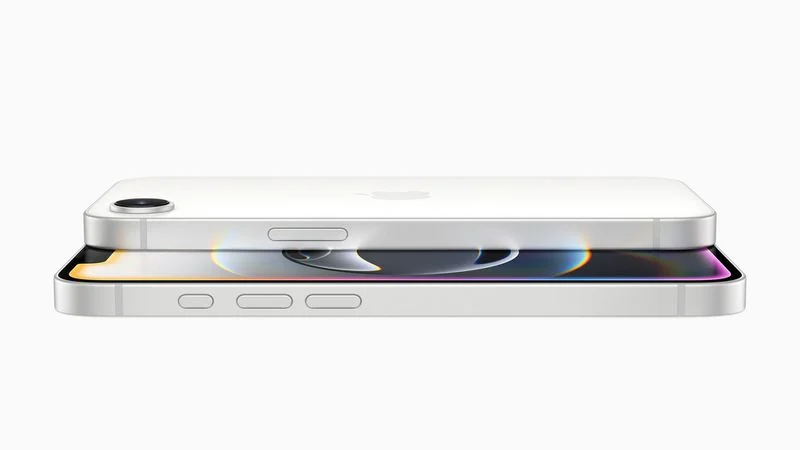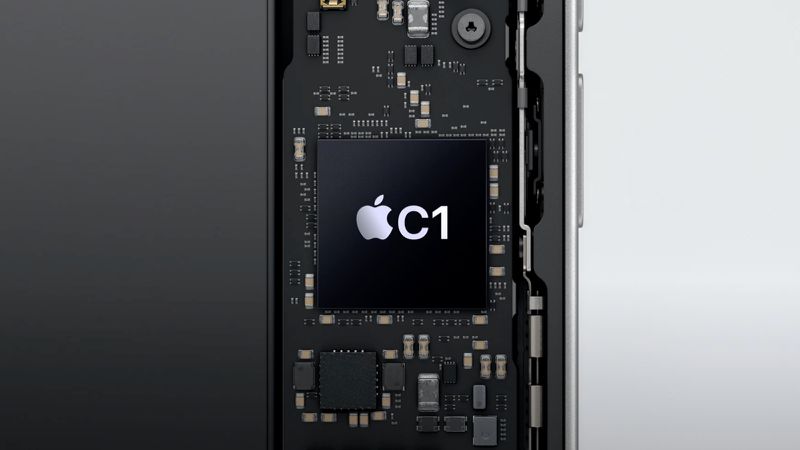After rolling out the iPhone 16e, Apple updated its websites for iOS 18, iPadOS 18, and macOS Sequoia. These updates give a clearer idea of when the next big releases are coming.
What’s New with iOS 18
The websites now say that fresh Apple Intelligence features and support for more languages will arrive in early April. This is a sharper timeline compared to the vague “April” hint Apple shared earlier. The upcoming updates—iOS 18.4, iPadOS 18.4, and macOS Sequoia 15.4—are the ones to watch for.
Apple has big plans for these releases. They’ll bring Apple Intelligence to languages like Chinese (Simplified), English (India and Singapore), French, German, Italian, Japanese, Korean, Portuguese (Brazil), and Spanish. More languages, such as Vietnamese, will join the list later in 2025.
So far, Apple hasn’t shared the first test versions (betas) of iOS 18.4, iPadOS 18.4, or macOS Sequoia 15.4. But people expect them to drop soon—maybe any day now.
A Small Hiccup
Originally, the April updates were set to include new Siri features powered by Apple Intelligence. However, Apple might push these back a bit. They’re still smoothing out some issues and want to make sure everything works just right. In short, early April is the time to mark on your calendar for these exciting updates. Apple’s working hard to bring smarter features and more language options to your devices!




